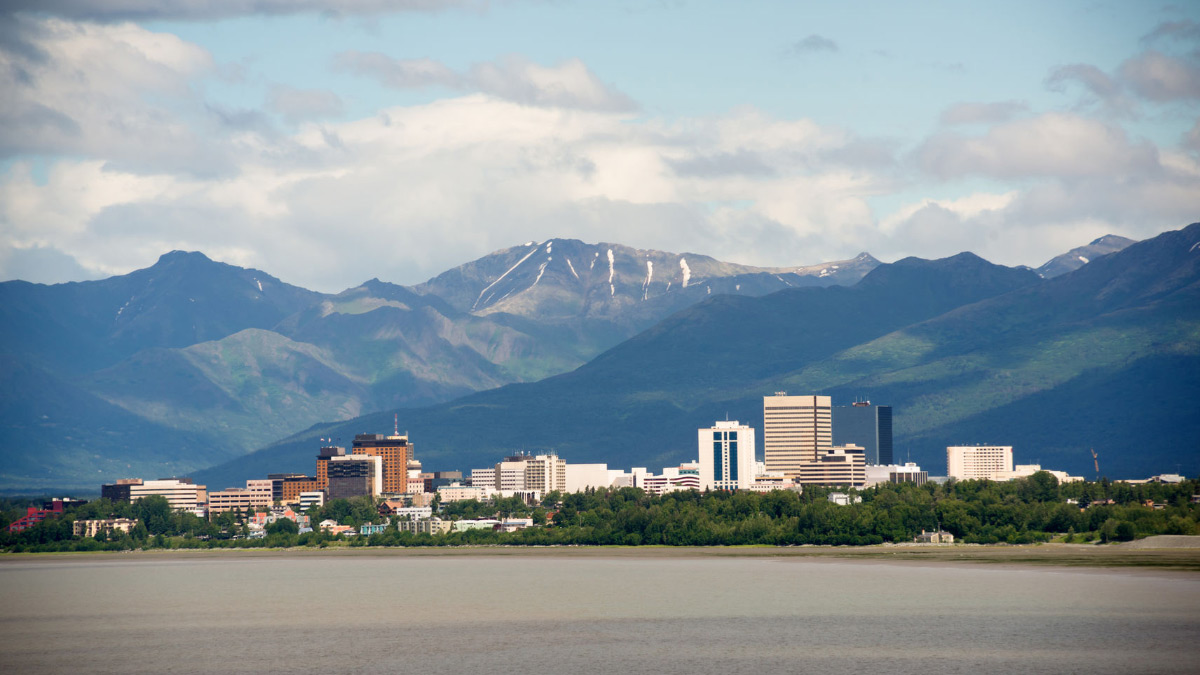Governor Mike Dunleavy of Alaska caused quite a stir in American higher education when he used his line item budget power to reduce the appropriation of the University of Alaska (UA) by about $130 million, or about 40%. Since the university depends on those appropriations for about 40% of its budget, this was a brutal, severe cut, enough to compel a declaration of financial exigency and, with that, the likely dismissal of some tenured faculty. The University’s state appropriation had already fallen by over $50 million between 2014 and 2019. Immediately the higher education establishment recoiled in horror, and the school’s regional accrediting agency, the Northwest Commission on Colleges and Universities, issued a thinly veiled threat that it might revoke the school’s accreditation if the cuts were not reversed. Moody’s significantly reduced the ratings on the UA’s $270 million in general revenue bonds.
My initial thoughts were: “this is too much. Universities are inefficient and probably need downsizing fiscally, but reductions of this size pose abrupt disruptions to people’s lives and severely damage the future of higher education in Alaska.” I was inclined to agree with George Mason University economist Tyler Cowen, who opined in a Bloomberg opinion piece “Alaska is showing a depressing lack of commitment...” Moreover, this seemed particularly true because the Governor was trying to protect Alaska’s unique equivalent of a negative income tax—dividend payments to all citizens from its Permanent Fund—royalties derived from Alaska’s massive natural resources.
But then I explored things further and I think the Governor had a point. The UA cuts were less than 30% of a broader reduction including K-12 schools. Alaska is heavily dependent on declining oil revenues, running large deficits previously financed by lowering cash reserves accumulated in boom times. Moreover, Dunleavy’s brutal cuts (not reversed by a legislative veto override) might force a rethinking of higher education in Alaska. I looked at per capita state higher education appropriations for fiscal year 2019 for Alaska compared with the other 49 states and learned that Alaska’s total was the third highest in the nation at $465.78, 66 % above the national average of $280.60. Moreover, state spending per student is roughly double the national average, enrollments have been falling, and the graduation rate of students is very low. A 40% reduction would bring Alaska’s state support to roughly the national average. Moreover, do Alaskans pay high tuition to attend their state university? No. Indeed, UA’s web site brags the “University of Alaska campuses are consistently rated as some of the most affordable in the United States,” with the 2018-19 tuition listed at $7,758, more than one-third less than at the very typical state university at which I teach. A majority of the income loss from appropriation reduction could be covered by adopting tuition levels more in line with many lower 48 state universities—say $11,000 or $12,000 a year.
Like several other states, Alaska has a very low population density, making it impractical to have many residential based colleges. Costs are inherently higher than in some other states. Thus the case for more on-line instruction is particularly compelling. Already, UA is part of the University of Arctic, a consortium of every higher education institution on Earth located north of the Arctic Circle. Kids in small Alaskan towns 100 or more miles from a physical campus can take courses on line not only from the Anchorage, Fairbanks, or Juneau UA campuses, but also from schools located in Russia, Sweden, Norway, Canada, etc.
Another approach would be for the state to sign deals with Western states such as Washington, Oregon or Idaho to provide well qualified students some discount from regular out-of-state tuition fees. Supposed these states signed a compact with Alaska, subjecting Alaskan students to a $5,000 surcharge above in-state tuition. That could be a win-win proposition for schools in, say, Idaho in need of more income. The state of Alaska would pay the surcharge, and give the students additionally $2,500 to cover travel expenses and a little bit of in-state tuition fees. The total cost of doing that would be far less than the State spent last year subsidizing UA. Abolishing UA overnight is neither feasible nor fair, but this idea still has some promise.
The Alaskan trauma could be a preview of a national crisis if the nation enters into a big downturn sometime in the near future. Stay tuned.













